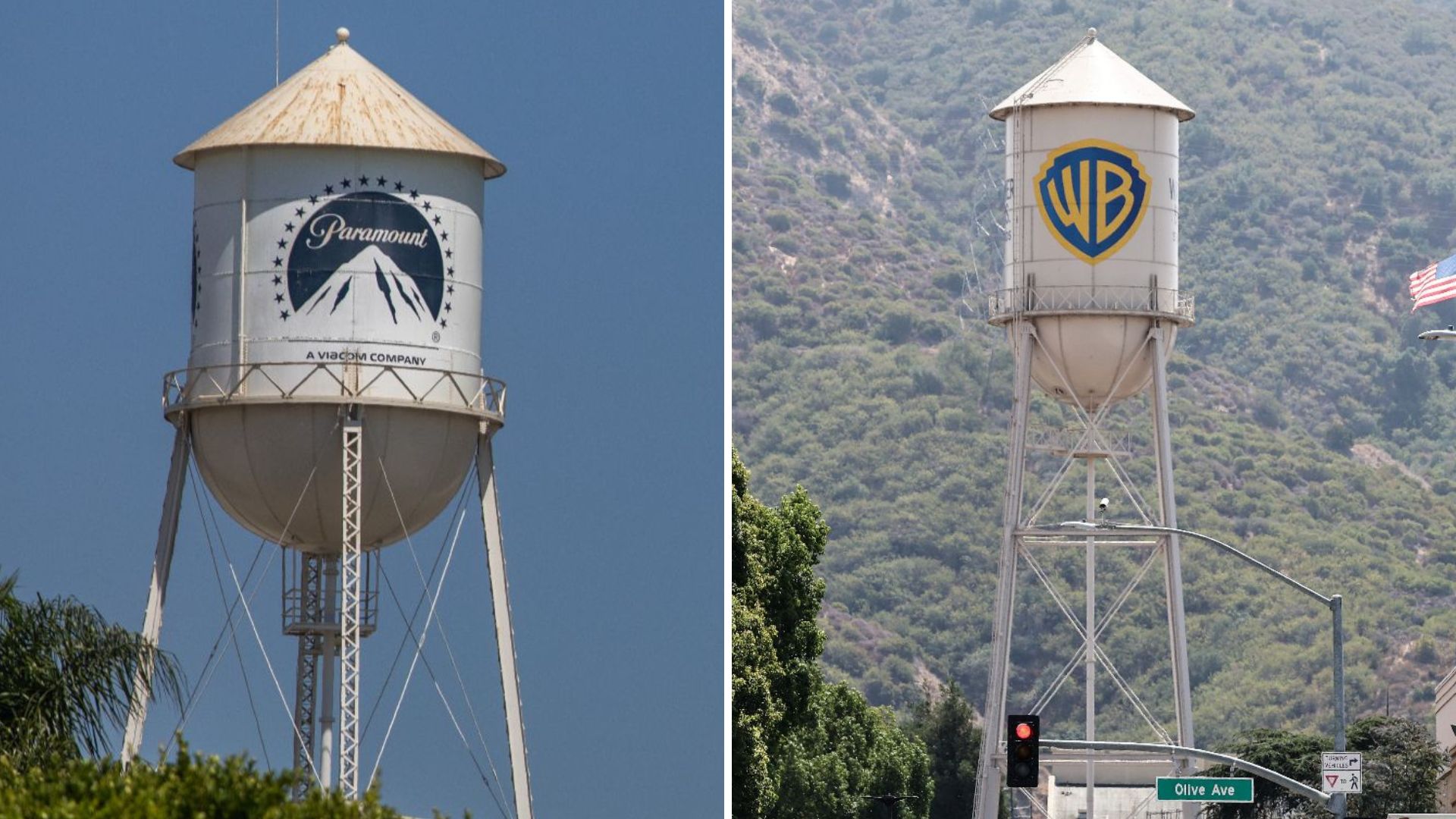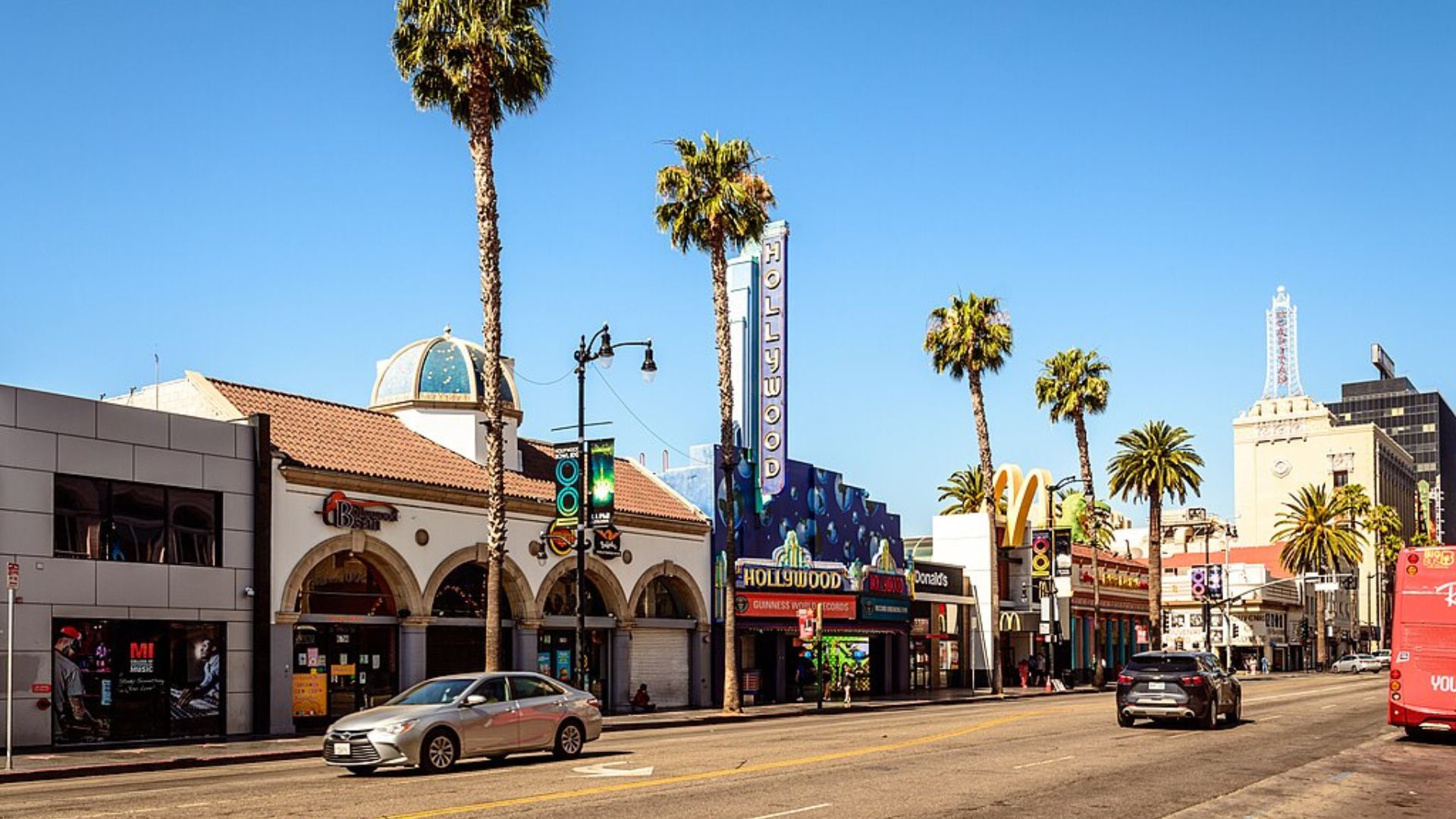
When you’re trying to understand a place—truly understand a place—the best stuff isn’t on a tour map. It’s hidden in plain sight in a block where old folks sip coffee like it’s a ritual, or where graffiti tells stories that guidebooks never touch. People have found more truth on sidewalks than in archives. The streets we are about to talk about are full of life, and that’s the beauty. You don’t need to be a historian to get it. Just follow the foot traffic. Each street here holds layers: migration, movement, resilience, reinvention. And when you walk long enough, you stop being a visitor. You start to see how a city truly comes alive, earning it its well-deserved iconic title.
Champs-Élysées, Paris
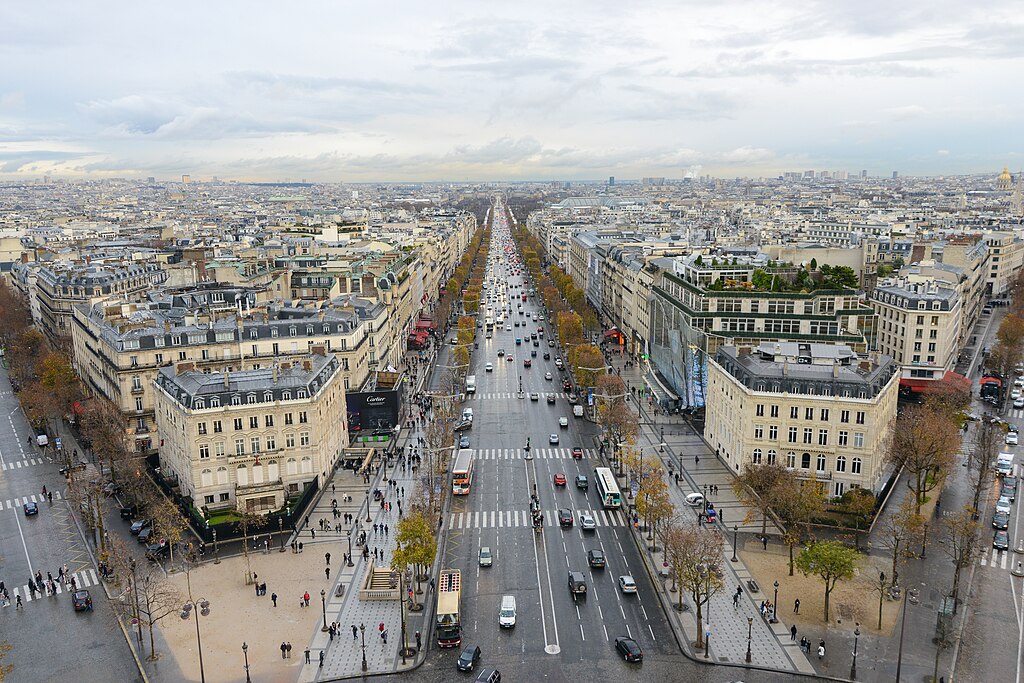
Linking the Arc de Triomphe to Place de la Concorde, this tree-lined avenue has hosted everything from ice skaters to military parades. It’s where elegance meets everyday life—yes, even the local McDonald’s is nicknamed “the most elegant fast food in the world.” Come July 14, it’s front row for Bastille Day pride.
Broadway, New York Ty
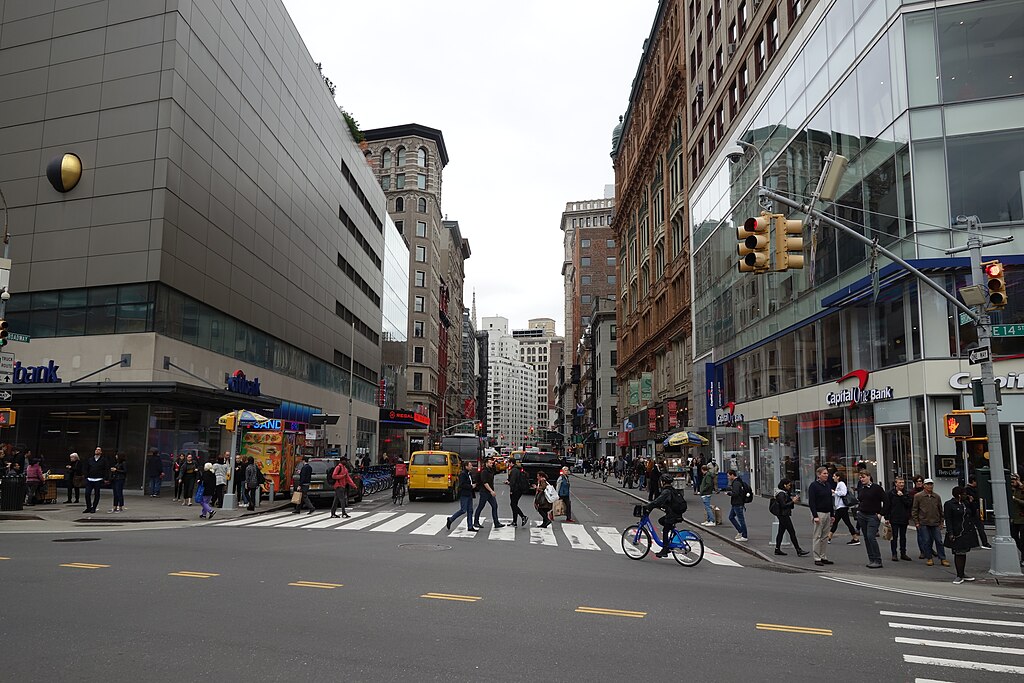
Broadway cuts across Manhattan in a rare diagonal line, its path dating back to pre-colonial trails. It’s the only major street in Manhattan that breaks the grid pattern. Nicknamed the “Great White Way” for its early electric lights, Broadway anchors Times Square, and the Theater District, the place where generations have gathered for unforgettable curtain calls.
Abbey Road, London
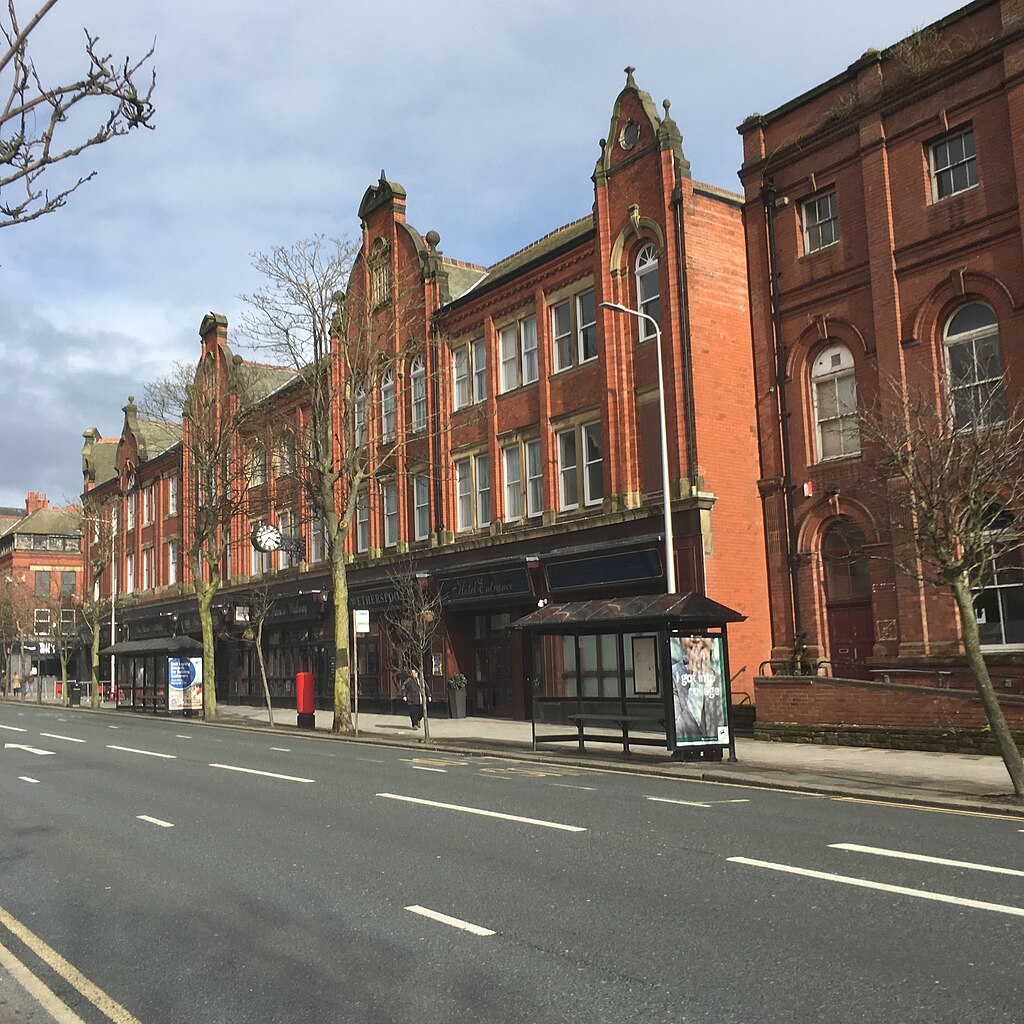
Thanks to the Beatles’ album cover, this quiet London road near Abbey Road Studios became a pop culture landmark. A crosswalk that turned legend. The crossing is now heritage-listed, and occasionally, traffic halts as fans attempt to recreate the photo. It’s truly a stretch of pavement that rewrote music history, one album at a time.
La Rambla, Barcelona
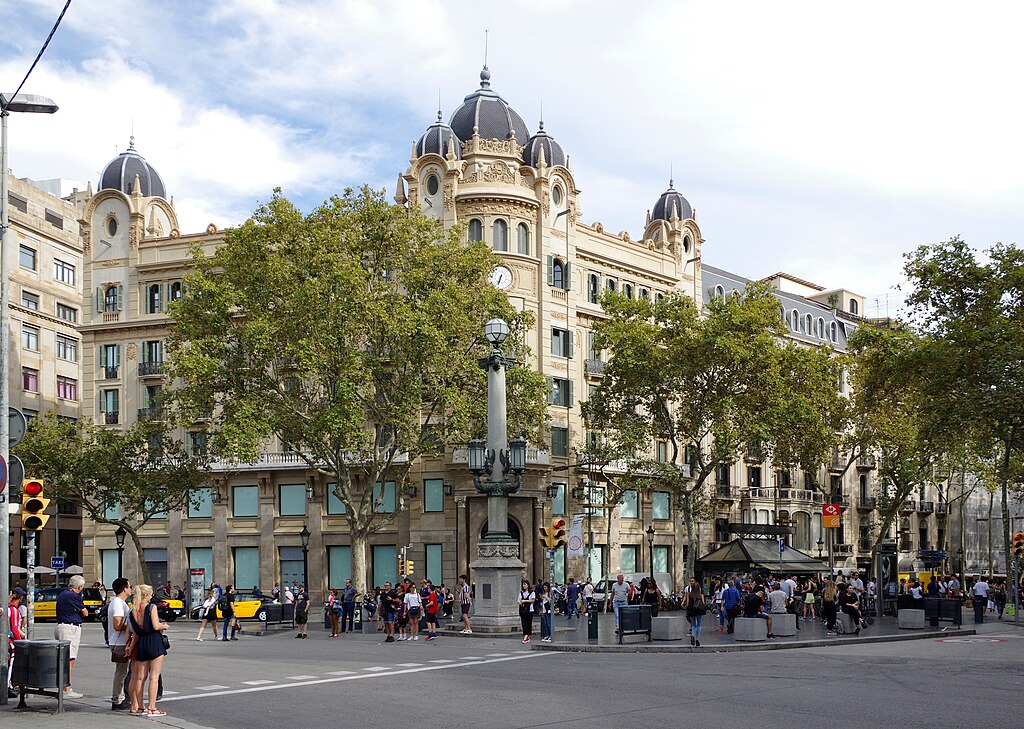
This 1.2-kilometer boulevard, once lined by a river, now accommodates foot traffic and street performers. Lined with historic newspaper kiosks, La Rambla connects Plaça de Catalunya to the Columbus Monument. Walk its length, and you’ll witness Barcelona’s past, present, and improvisational spirit, one mime or puppet show at a time.
Hollywood Boulevard, Los Angeles
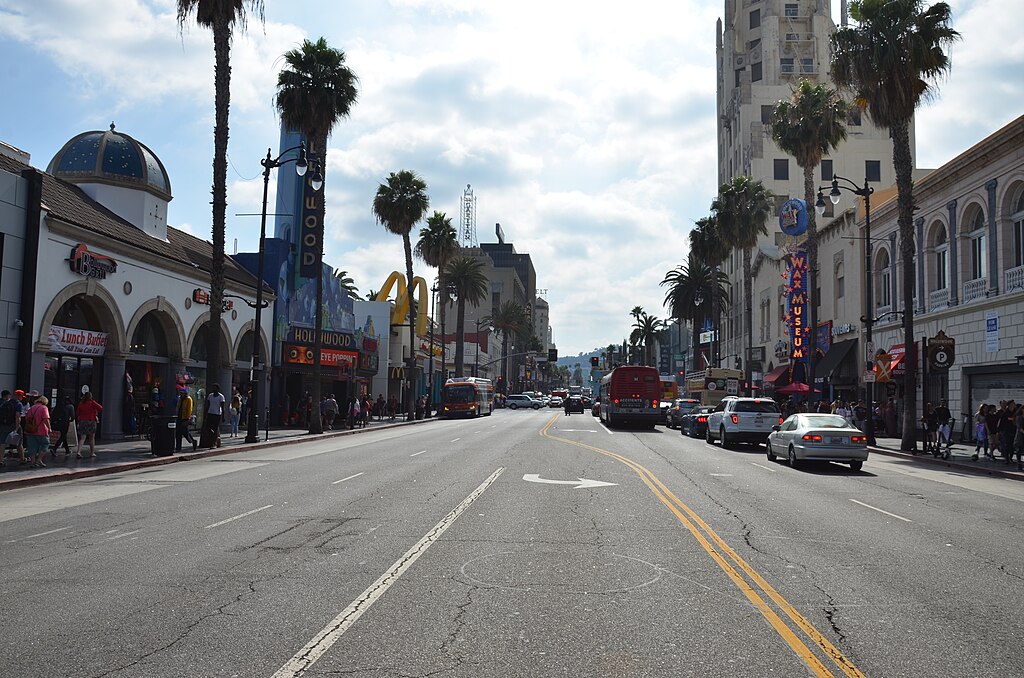
This city is where stars shine beneath your feet. The Walk of Fame snakes past the TCL Chinese Theatre and the Dolby Theatre, home of the Oscars. Hollywood’s first film premiere happened here in 1922. Behind the tourist traps, you’ll find all the hidden speakeasies and untold stories.
Nevsky Prospekt, St. Petersburg

Peter the Great envisioned this grand avenue as a link between the Admiralty and the Alexander Nevsky Monastery. Today, it showcases Russian literature’s finest settings, including those of Dostoevsky and Gogol. The architecture jumps between Baroque and Art Nouveau, making every block feel like a new chapter in a long, dramatic novel.
Avenida Paulista, São Paulo
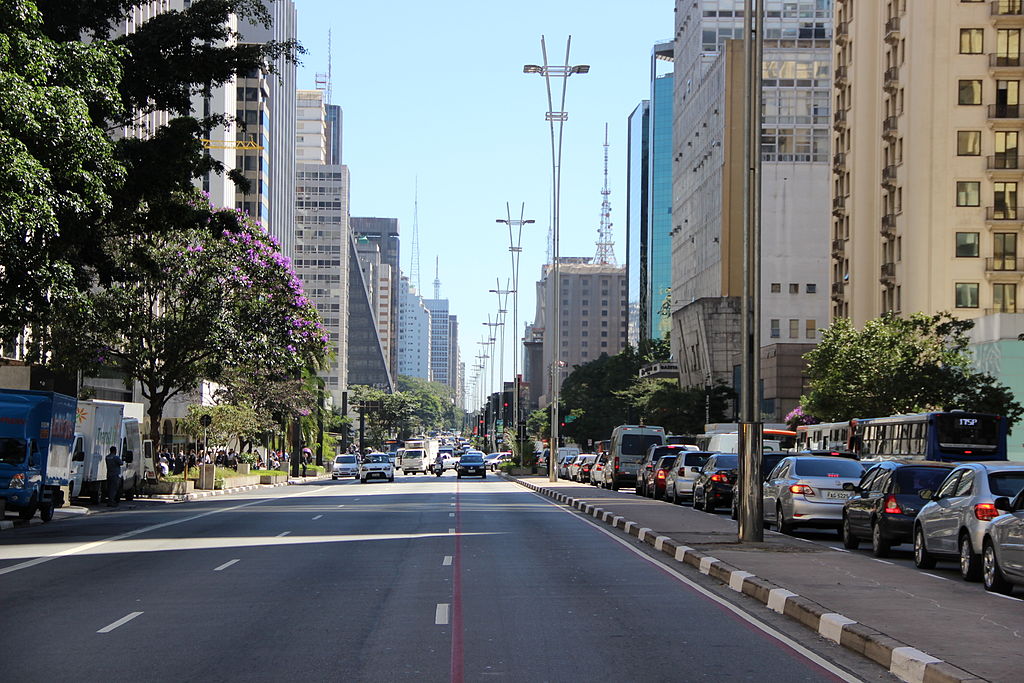
Built by 19th-century coffee barons, Avenida Paulista became Brazil’s financial heartbeat. The São Paulo Museum of Art (MASP) museum, suspended above ground, houses Latin America’s most celebrated art. Sundays here flip the script: traffic stops, pedestrians take over. That’s when the avenue feels less like a business corridor and more like an open-air living room.
Orchard Road, Singapore
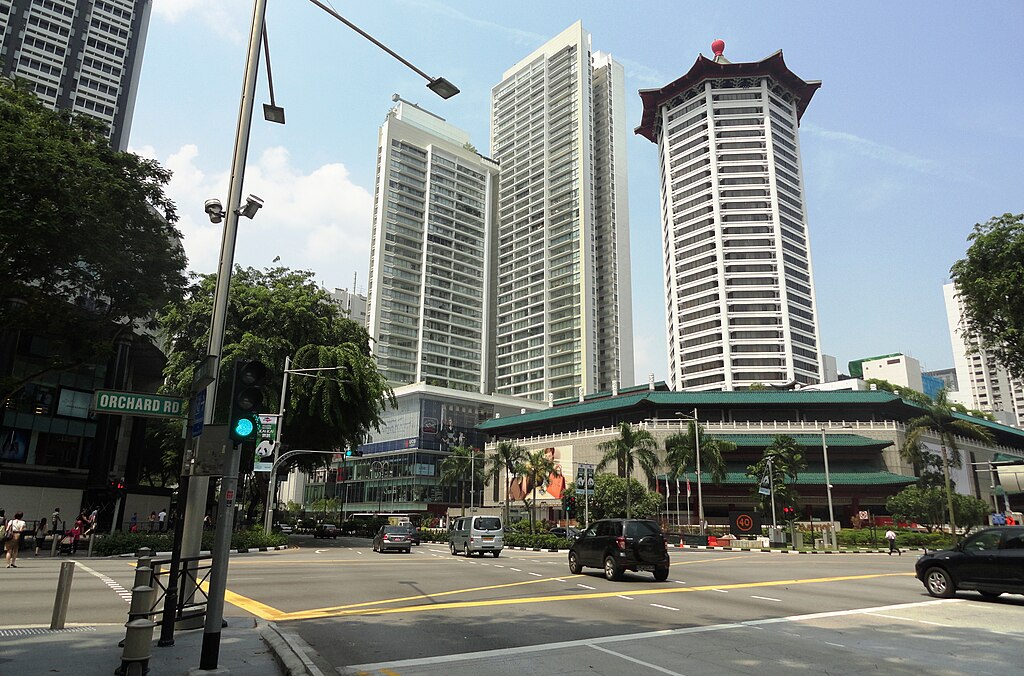
This retail artery, once home to fruit orchards, now hosts over 5,000 brands across shimmering stalls. Below the surface, underground malls stretch for miles—ideal for humid days. Come December, the entire stretch transforms into an over-the-top display of holiday lights. In December, it’s Singapore’s most lavish celebration of both commerce and Christmas.
Unter Den Linden, Berlin
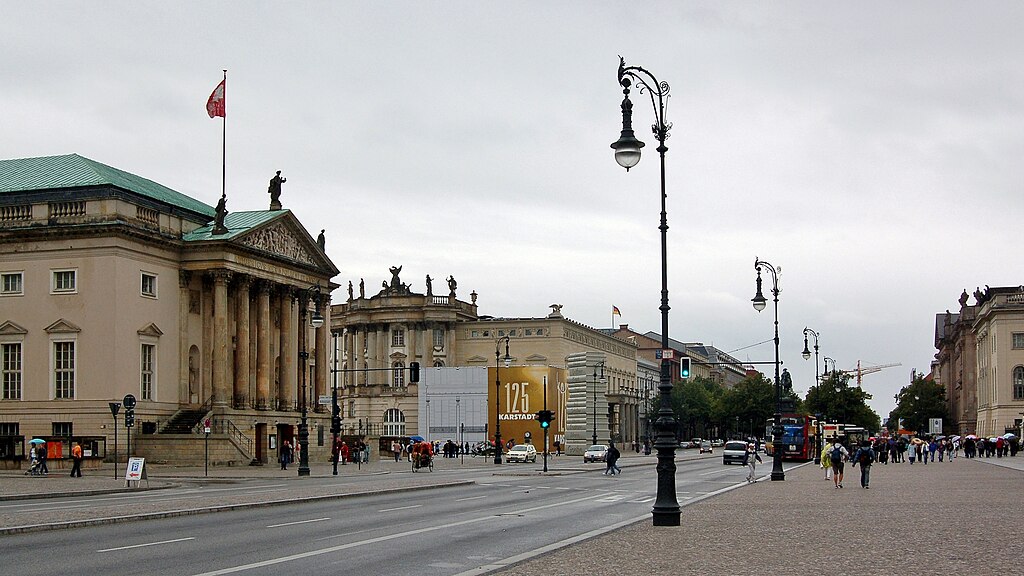
Framed by rows of linden trees, this historic boulevard once rivaled Champs-Élysées, Paris’s famed avenue. It stretches from the Berlin Cathedral to the Brandenburg Gate, and Napoleon once marched his troops here in 1806. Today, it’s a walk through centuries, with every stone whispering power, pride, and change.
Shibuya Crossing, Tokyo
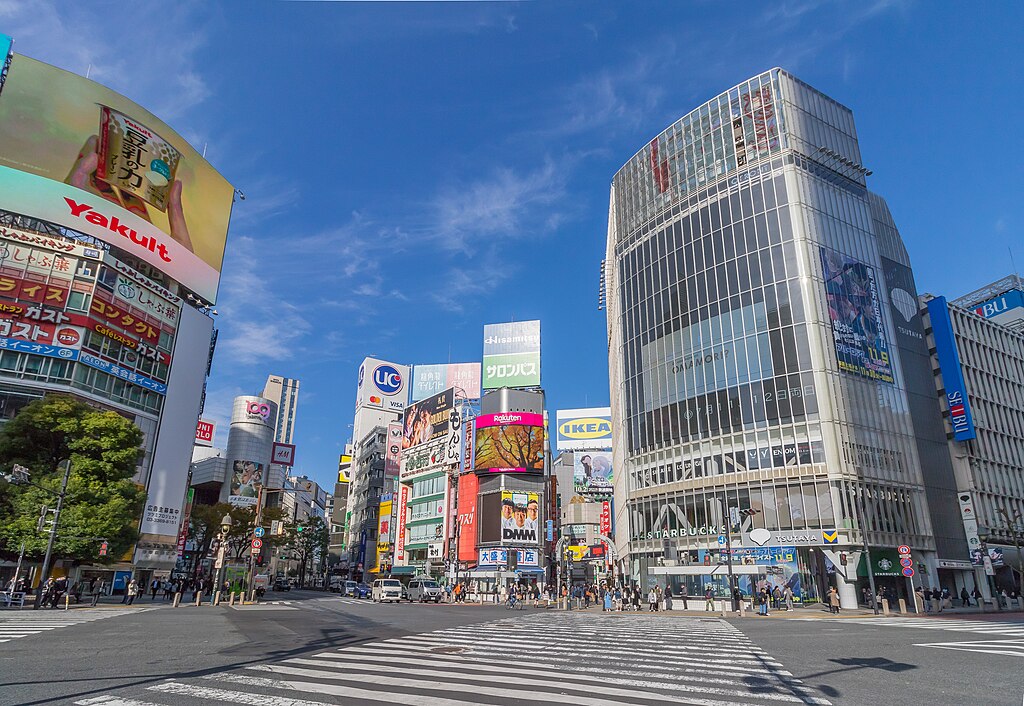
Outside the Hachikō Exit at Shibuya Station sits the world’s busiest pedestrian scramble that has been a famous backdrop in countless films and ads. Just steps away is the statue of Hachikō, the famously loyal dog. Now, the real spectacle happens at the light change, where the crosswalk becomes a flowing, organized flood of people.
Via Dolorosa, Jerusalem

Every stone here carries centuries of faith. This path traces Jesus’s journey to the crucifixion and remains a sacred pilgrimage route. Each Station of the Cross marks a change in both the story and the street’s name. In some places, the ancient Roman pavement still shows through, worn by the footsteps of millions each year.
Ocean Drive, Miami
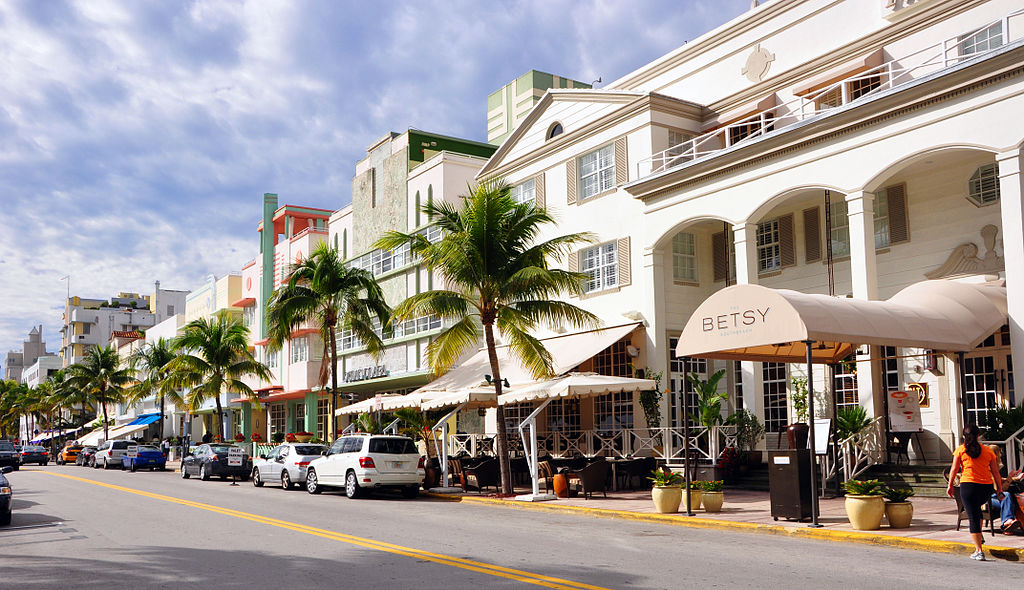
Ocean Drive runs parallel to South Beach and basks in sun, style, and neon. Pastel Art Deco hotels line the street, many of them movie-famous. One standout? The Versace Mansion, which is now a hotel and a popular photo destination. This stretch plays as hard as it poses—especially when day fades into nightlife.
Lombard Street, San Francisco
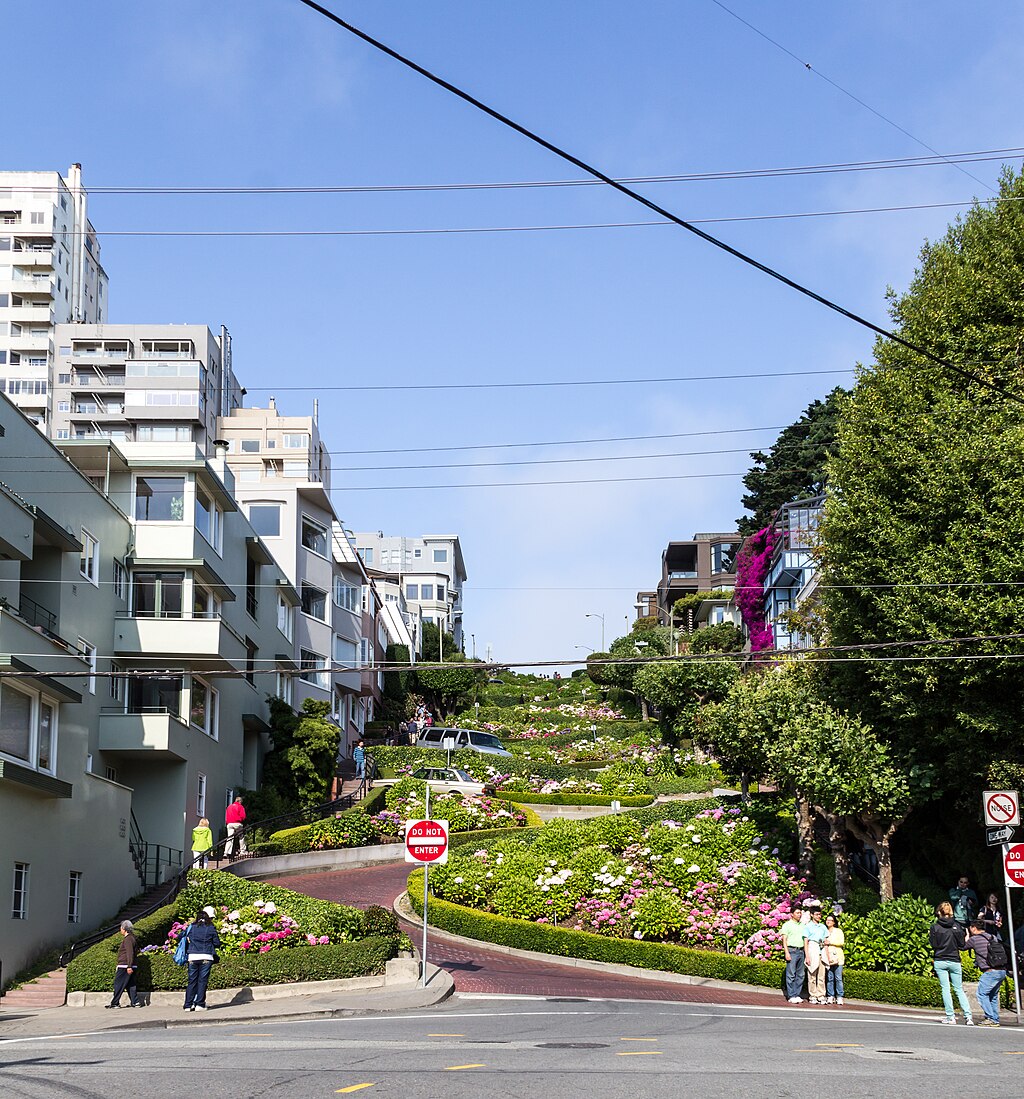
Lombard Street is known as the “crookedest street in the world,” has eight sharp turns packed into a single block. Its winding path was designed to reduce the hill’s steep grade. Lined with hydrangeas and red bricks, the street draws crowds daily; some to snap photos, others to tackle the dramatic descent.
Istiklal Avenue, Istanbul
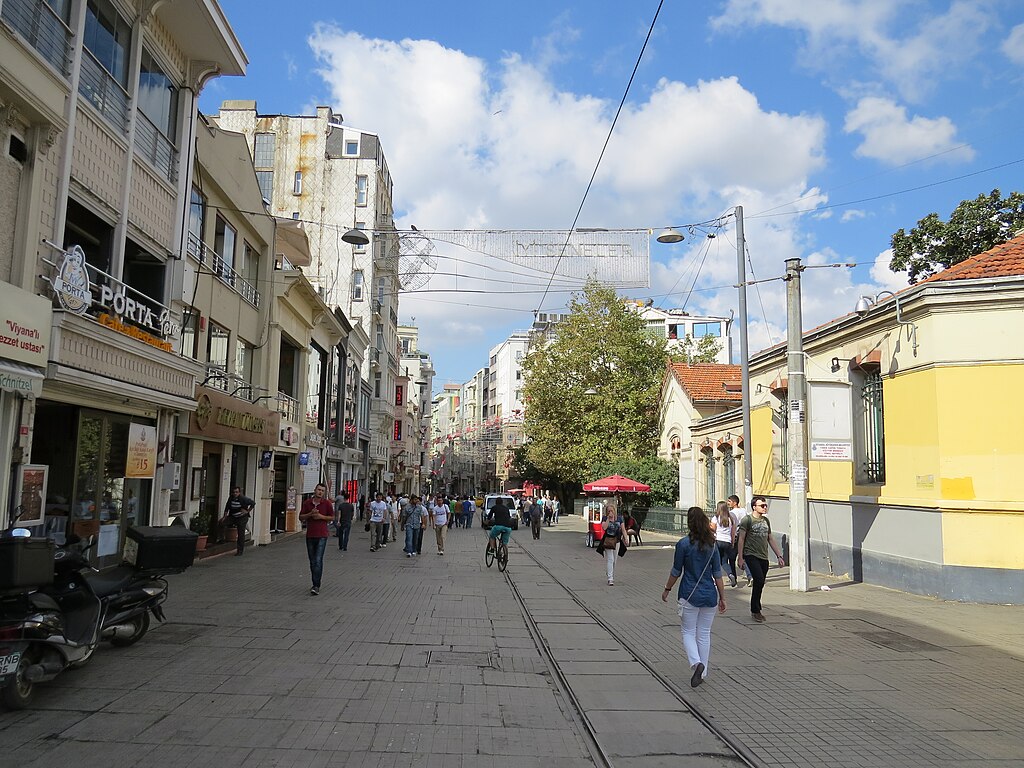
This 1.4 km stretch through Beyoğlu pulses with life, drawing locals, diplomats, and artists into its rhythm. A vintage red tram rolls steadily past embassies and elegant 19th-century façades, tying the scene together. Once known as “Grand Rue de Pera” in Ottoman times, it now blends history and modern bustle in classic Istanbul style.
Fifth Avenue, New York City
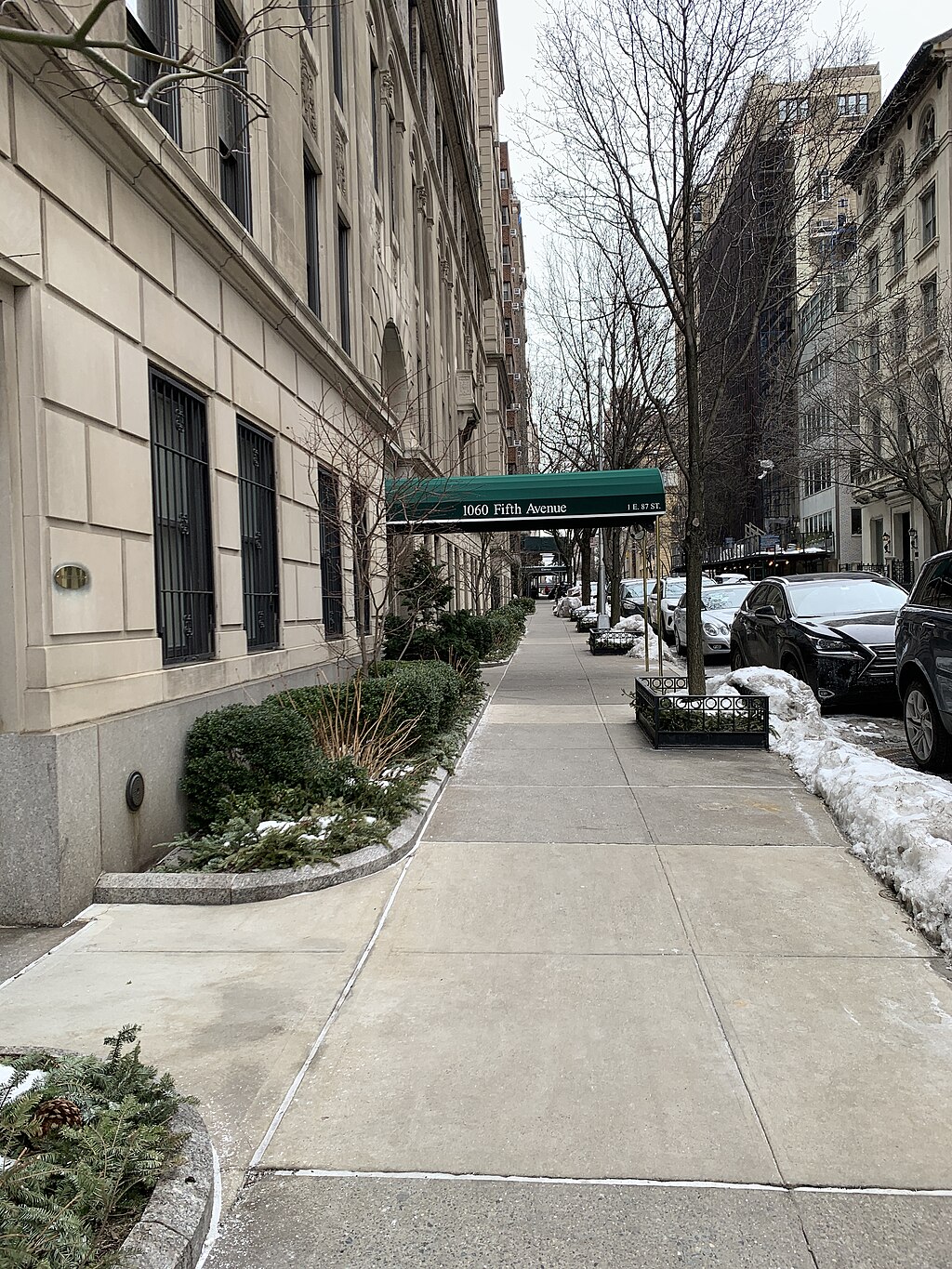
Running straight through Manhattan, Fifth Avenue splits east from west and connects icons like the Empire State Building and Central Park. Luxury storefronts meet grand museums here. Come spring, parades close off the avenue as music and floats take over the streets. Fifth Avenue is New York’s most famous line, drawn right through its core.







